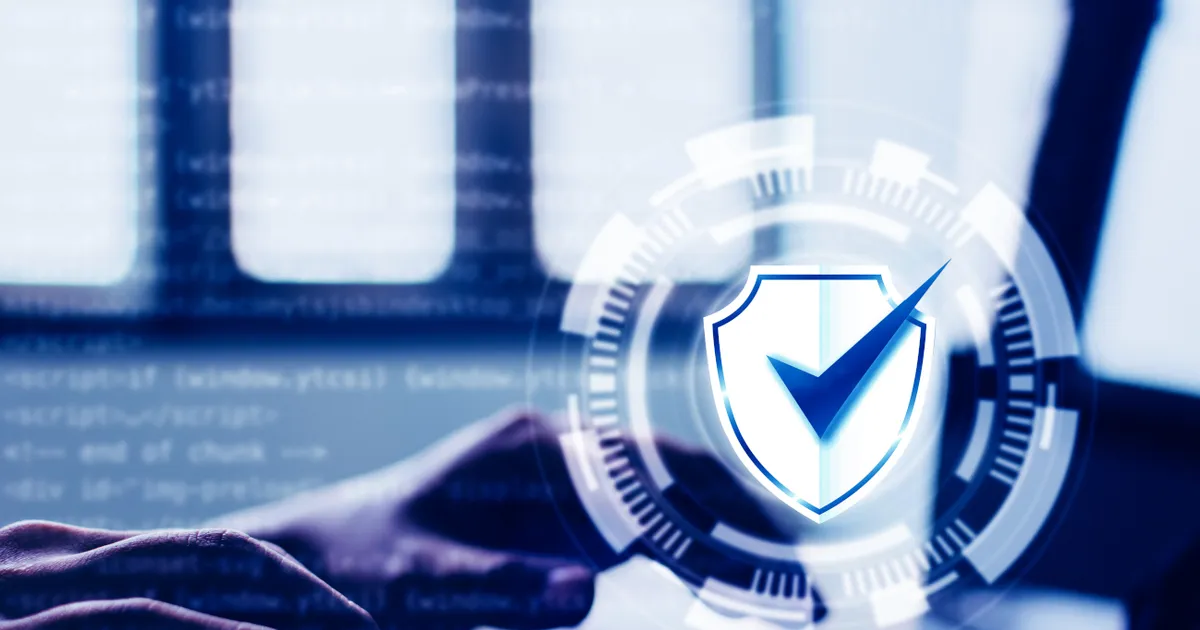As more and more organizations move their data to the cloud, the threat of ransomware attacks continues to grow. Ransomware is a type of malicious software that can lock an organization’s files, making them inaccessible until a ransom is paid. Such attacks can cause significant financial and reputational damage, making it crucial for organizations to have a plan in place to protect their cloud-based data. In this article, we’ll discuss how organizations can be prepared with cloud ransomware protection to ensure the safety and security of their data, and what to do if they experience a breach. If you’re interested in cloud ransomware protection software, you can find many options with an online search right now.
 Shutterstock: Monster Ztudio
Shutterstock: Monster ZtudioWhat is Ransomware?
Ransomware is a malicious software that seizes data on an individual’s or organization’s computer until a ransom is paid, and it’s become a widespread threat. In fact, damage from ransomware attacks is expected to reach $30 billion this year.1 As a result, many organizations are looking for ways to protect their cloud-based data against such attacks. By understanding what ransomware is and how to prevent it, organizations can safeguard their data.
Ransomware typically spreads through phishing emails containing malicious links or attachments, but it can also be introduced through malicious websites, social media, or USB drives. Attackers typically demand payment in the form of cryptocurrency so that they cannot be traced.
How Businesses Can Protect Their Data
Cloud-based data is susceptible to various security threats, including ransomware attacks, data breaches, and cyber-attacks. Therefore, organizations should take preventative measures, including the following.
One crucial step is to ensure that software is always up-to-date. These updates often include critical security patches to address vulnerabilities that can be exploited by cybercriminals.
Educating end-users about the dangers of phishing emails, malicious websites, and other forms of malicious software is also important. Employees should be trained to recognize potential threats and avoid clicking on suspicious links or attachments. Phishing tests or simulated phishing can be an effective way to to do this.2
Implementing multi-factor authentication (MFA) can help enhance security by requiring additional verification steps beyond just a username and password. MFA can include biometric verification, such as facial recognition, fingerprint scanning, or a one-time code sent to a user’s phone.
Antivirus software can help prevent and detect malicious software, including ransomware, and should be installed and regularly updated on employee computers.
Creating a backup plan is essential in case of data loss due to ransomware attacks, system failures, or other disasters. Regular backups should be taken and stored in a secure location, separate from the primary data.
Finally, organizations should identify and restrict access to data to only those who need it. This can include setting up role-based access controls, encrypting sensitive data, and monitoring user activity to detect any suspicious behavior.
What To Do If You Detect Ransomware
If you detect ransomware, it’s crucial to take immediate action to prevent further damage and data loss. Here are the steps you should follow:
- Immediately disconnect the infected system from the network to prevent the ransomware from spreading to other devices.
- If you are not part of your company’s IT team, notify them of the breach. Follow their instructions.
- Identify the source of the attack to determine how the ransomware entered the system.
- Notify law enforcement and other relevant parties.
- Restore the system from a backup, if possible. Ensure that the backup data is clean and free of the ransomware before restoring it.
- If a backup is not available, contact a data recovery specialist for assistance.
- Implement additional security measures to prevent future attacks, such as updating software, implementing antivirus software, and educating users about the risks of phishing emails and other malicious software.
By following these steps, you can mitigate the damage caused by ransomware and ensure the security and integrity of your data.
Create a Ransomware Response Playbook
Creating a ransomware response playbook is an essential step in protecting your organization.3 This instructional guide essentially outlines the steps your company will take in the event of a ransomware attack. It should include contact information for relevant parties, such as law enforcement and IT personnel, as well as a list of critical systems and data that must be protected.
The playbook should also outline the steps to take in case of a data breach, including notifying affected parties and implementing additional security measures. Regular training and testing of the steps outlined in the playbook is essential to ensure that employees know what to do in case of a ransomware attack, minimizing the impact of an attack should it occur.